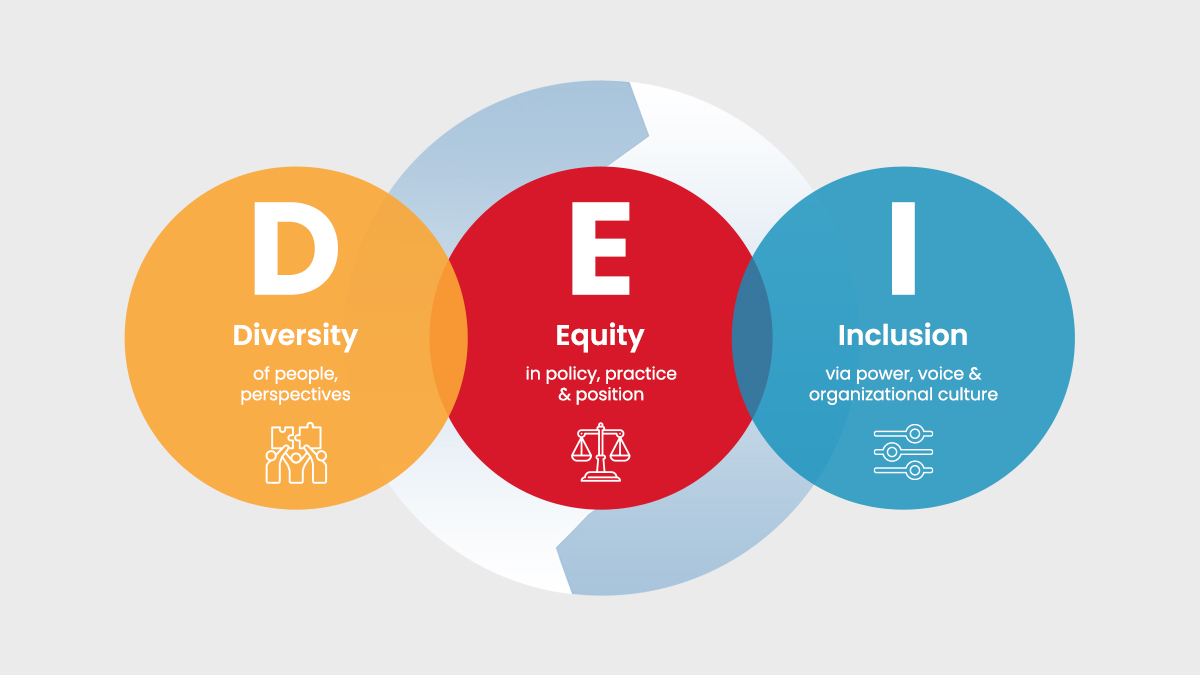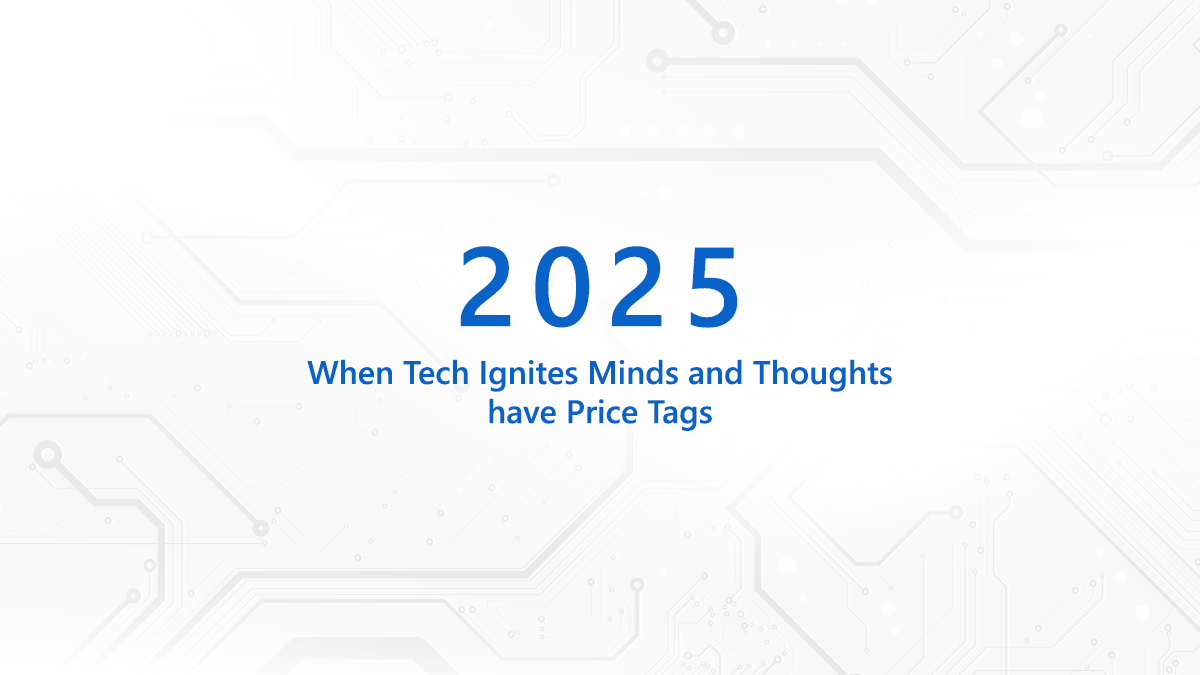The concept of electronic National Single Windows started at the break of this millennium. Countries like Ghana, Singapore and Senegal were the early adopters of these ICT platforms in early 2000. Later, more nations leapt the bandwagon to implement paperless, automated systems for Ease of Doing Business (EoDB) and trade facilitation. ASEAN, for example, was the first economic bloc to come up with a Regional Single Window Project. Technology has acted as the force multiplier in strengthening Single Window solutions that take care of an entire project investment cycle- from conception to implementation and beyond. ‘Single Windows’ for future can be more seamless where an investor can access everything from land to water and electricity and get all approvals through ‘click and scroll’ on a unified portal.

Windows beyond Trade Facilitation
Globally, the Single Window System for foreign trade has been the key concept for trade facilitation across borders. The WTO Trade Facilitation Agreement encourages all its members to set up a Single Window. When implemented efficiently, Single Window projects can spell a multitude of benefits- enhanced revenue, faster clearance times and improved transparency & governance for the economy.
But do Single Windows only mean less bureaucracy and faster approvals? Figures on costs say they have a lot more to offer. The World Bank has estimated that automating customs processes can save as much as $115 per container in seaborne trade. According to the Organization for Economic Cooperation & Development (OECD), automating processes can trim trade costs by 2.4 per cent for low income economies, 2.3 per cent for upper middle-income economies and 2.1 per cent for lower middle income economies. The Customs Service of the Republic of Korea estimated that introducing a Single Window System in 2010 brought $18 million in benefits. Closer home, implementing Single Window systems as part of Business Reforms Action Plan (BRAP) soared India’s EoDB rankings by the World Bank from 142 in 2014 to 63 in 2019.
From Multiple Silos to a Single Window: The many-layered challenges
Usually, the government data is unstructured. A single window platform can overcome silos by digitizing all documents. But the migration to this unified platform can be a cross-functional challenge as the World Bank articulates in a 2016 report: “A Single Window solution is not just an IT solution but an organizational challenge with a fundamental need to put in place a multi-faceted service organization that is authorized and enabled to meet the needs of all its clients, public and private alike”.
GovTech for Agile Single Windows
GovTech can catalyze ‘Next Gen Single Window Systems’ for an ever changing business landscape. Think of one integrated platform where investors can access info on spatial and geographical land data, register their units, apply for all approvals ranging from environment clearance to No Objection Certificate (NOC) and building plan approvals, get permits for electricity and water and to top it all, check status ‘real time’,
Sounds like all goodies stacked in a single bucket offering? This is how Single Windows are designed to deliver for Industry 4.0. A seamless government platform with the sprinkling of niche technologies like Blockchain and Robotic Process Automation (RPA). Take for instance Singapore, UK, Belarus and Estonia- they all have leveraged Blockchain powered land registry to cut turnaround time. Another epoch in digital transformation is the emergence of ‘Virtual Data Rooms’ to create ‘Golden Records’ for industries. As procedures get easier, the government machinery faces a deluge of data to process. This is where agile RPA bots can come in handy to substitute mundane and error prone human functions like scrutiny and validation of applications filed by industries.
Powered by ground breaking applications, GovTech can make ‘Single Windows’ deliver more for EoDB and create an immersive investor experience. Businesses are evolving. And, so are technologies. Governments can spot and sustain this synergy.
The author is Priyadarshi Nanu Pany, founder & CEO of CSM Technologies. This article was originally published on his LinkedIn profile.


























































We will verify and publish your comment soon.